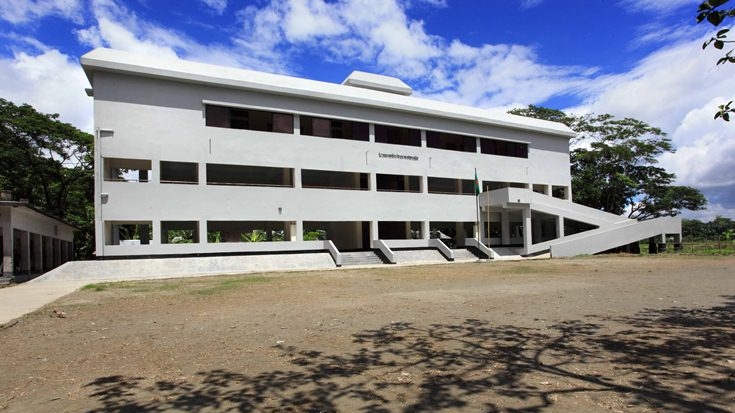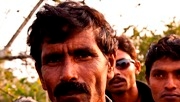Bangladesh, due to its geographical location, is in the frontline of the battle against climate change. The country has faced over 200 natural disasters in the last 40 years with increasing frequency and intensity. Cyclone Sidr in 2007 was amongst the most devastating, affecting nine million people across 30 districts in southern Bangladesh. The Emergency Cyclone Recovery and Restoration Project (ECRRP) is helping the affected community recover from the damage caused by the Cyclone Sidr by providing support for infrastructure and agricultural livelihoods. The project is also working for better long-term disaster preparedness through building and reconstructing of cyclone shelters and embankments that will protect coastal population from future natural calamities.
Challenge
In the 20 years leading up to the turn of the century, 60% of the 250,000 deaths worldwide arising from cyclones occurred in Bangladesh. Over time, Bangladeshis have learned to deal with this threat, so before Cyclone Sidr made land, an estimated 3 million people were evacuated to safety. Nevertheless, the category-4 storm and the accompanying tidal surge caused $1.7 billion of physical damage leaving thousands without means of survival or a roof over their head. An estimated 1.5 million houses were destroyed, 1.3 million tons of crops were damaged and 100,000 livestock drowned. Furthermore, the increased salinity in the coastal plains, as a result of flooding, rendered it useless for growing traditional crops. Despite considerable progress by the Disaster Management Bureau (DMB), future disaster risk investments still remain low.
Approach
The role that stronger embankments and cyclone shelters played in reducing fatalities in 2007 cannot be underestimated when Sidr is directly compared to similar natural disasters in the past. Consequently, through ECRRP, over 240 cyclone shelters have already been rehabilitated and another 230 new cyclone shelters are being built. Embankments that were damaged are also being repaired to provide extra protection in the event of another tidal surge. ECRRP has helped restore livelihoods by providing farmers with substantial assistance such as tillers, livestock and saline tolerant rice seeds, improved rice seeds during the Boro and Aus crop season. Crop diversification alongside the introduction of saline tolerant agriculture that can grow in the new environment has also encouraged farmers to take what seemed like an unworkable situation and turn it to their advantage. Grain silos for the safe storage of harvested crops as well as better protection for livestock has further increased confidence in those who live in vulnerable areas. A recently concluded Household (HH) survey depicts that majority of the households have reported increase in their income in the past season due to ECRRP interventions. Also, there has been 8% reduction in poverty incidence (42% of HHs now below poverty threshold vis-à-vis 50%). Meanwhile, the program is strengthening the capacity of DMB to improve risk assessment, better cyclone preparedness with a special focus on community level interventions as well as help in preparation of future projects on building embankments, shelters and rural roads in disaster-prone areas.
Results in Numbers
- 230 new cyclone shelters under construction, 240 being repaired.
- Above 75% of the 158 km of embankment repaired.
- 198,050 households provided field crops, irrigation and farm machinery.
- 22,045 households provided with livestock.
- 45,825 farmers trained.
- 38 new technologies introduced in crops, livestock and fisheries areas.


